How wild are you about zoos?
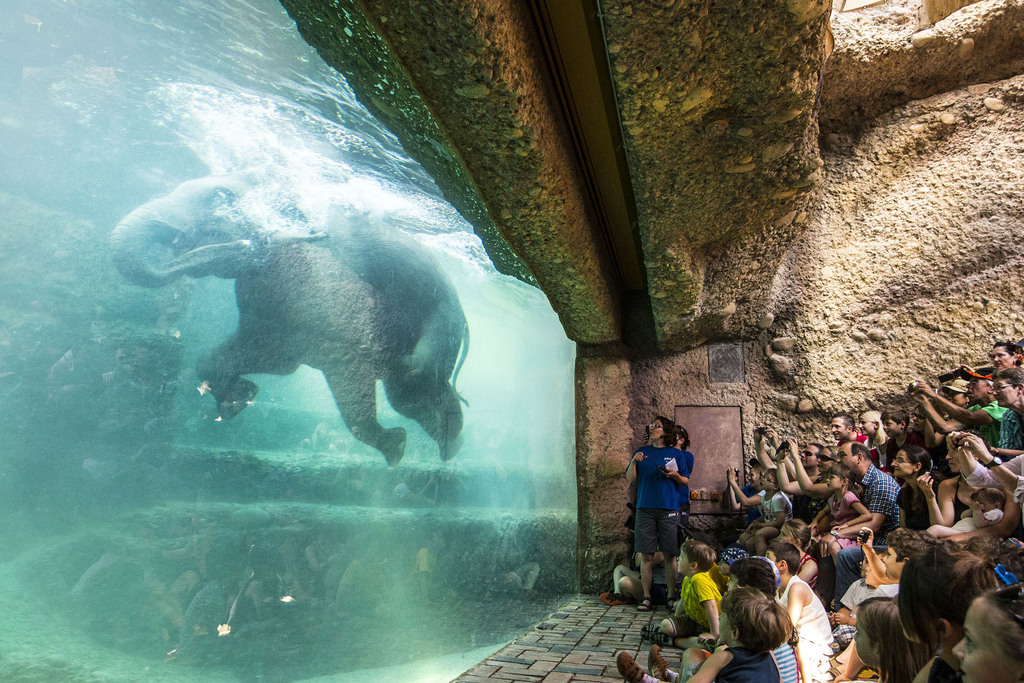
Basel and Zurich zoos recently launched major new development projects. Although they claim to be more animal-friendly and pursue conservation projects worldwide, the plans have sparked criticism about the rights and wrongs of keeping animals in zoos.
Come rain or shine, zoos – and their animal residents – are veritable magnets, pulling in millions of visitors all year round. Switzerland has 15 zoos and animal parks, but two in particular stand out: Basel and Zurich, which together welcome three to four million annual visitors.
Both recently announced important future developments. At Basel a CHF100 million ($112 million) ‘Ozeanium’ – a modern aquarium with 30 different tanks – is due to open in 2021. Visitors will be able to see a wide range of animals from penguins to octopuses in their different environments.
“It’s very important to show off the incredible wealth of the oceans in order to better understand and protect them. Every millimetre of water is occupied by living things,” says Thomas Jermann, a marine biologist and Ozeanium’s project manager.
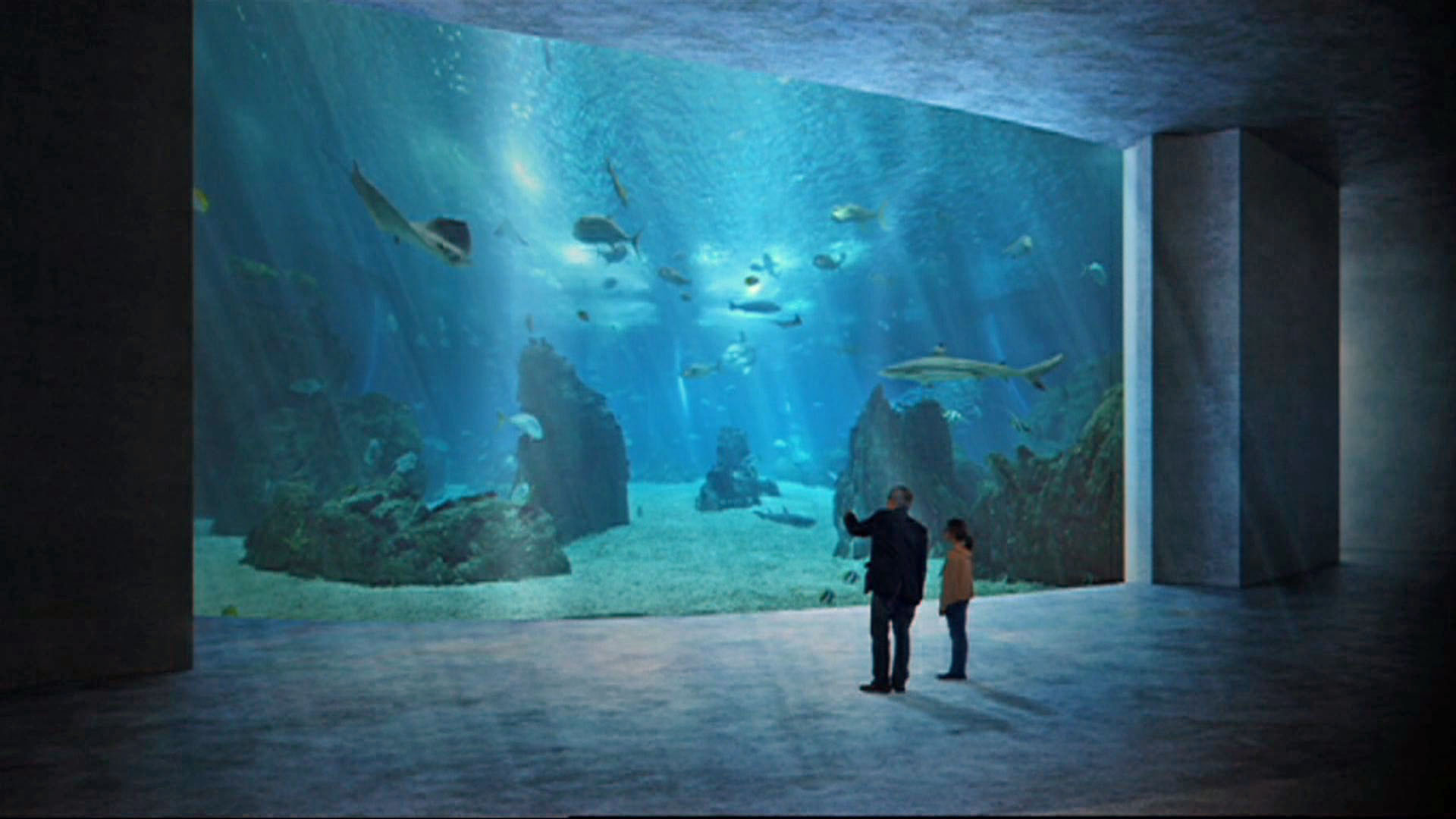
More
Basel Oceanarium
At Zurich Zoo a new elephant enclosure was inaugurated at the beginning of June. Named after a natural park in Thailand, ‘Kaeng Krachan’, the zoo’s seven Asian elephants – which include a young baby – now have six times more room to stomp around.
Their area includes six pools and an underwater observation post, where visitors can admire the elephants as they splash about. The elephants now have greater freedom to move around day and night inside the enclosure. It is also home to antelopes and chickens.
“They can have a family and social life and look for food from the 40 distribution points,” zoo director Alex Rübel told reporters. “We don’t want our animals to be eaten by others but they can use their natural skills to find food themselves and look out for the other animals.”
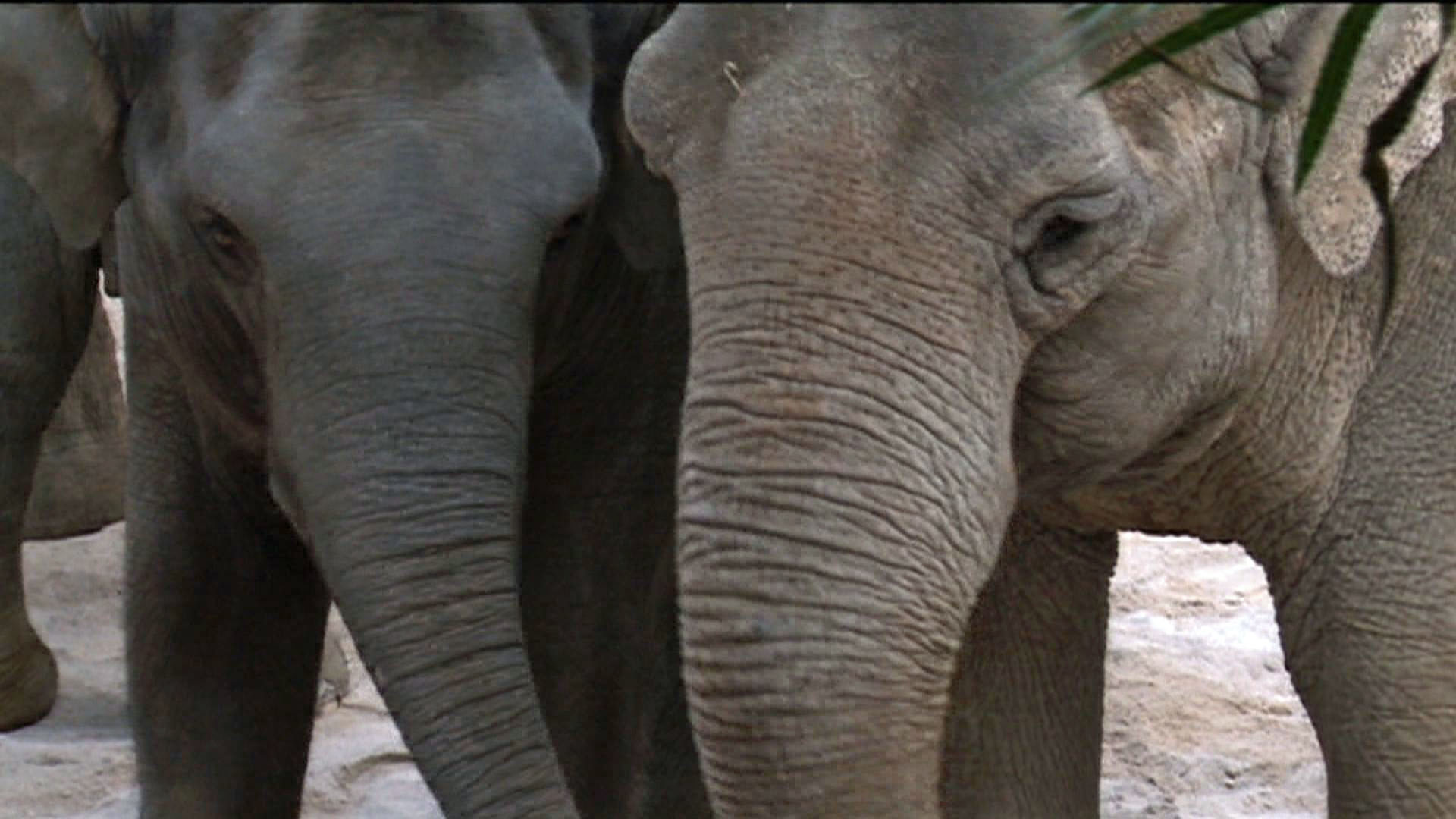
More
New enclosure for Zurich zoo’s elephants
A new technique for handling elephants is also being introduced.
“We have stopped using the direct “hands-on” contact method where trainers were present in the elephants’ environment in favour of a protected contact routine,” said Rübel.
From now on there is always a protection wall between a human and an elephant. But thanks to openings in the wall a trainer can, for example, examine the animal, take care of a foot, take a blood sample or even x-ray a tooth.
This new method should ensure a safer environment.
“When a human gets into an elephant environment they can become a target if there are conflicts between animals or if the animals are trying to assert themselves, as a human becomes the weakest link,” says zoologist Robert Zingg, who works at Zurich Zoo.
In 1995 an elephant called Komali seriously injured a trainer who had just returned from holiday and hadn’t been in contact with the animals for some time.
Better to watch a TV documentary
The Basel and Zurich projects do not have everyone’s support, however. The Franz Weber Foundation, an environmental and animal welfare organisation, criticised the Ozeanium project saying “large marine aquariums no longer have their place in the 21st century”.
“It’s absurd to take fish and animals out of their natural environment in order to try to explain them to the general public,” says foundation vice-president Vera Weber, daughter of the activist who founded the group.
“Fish die when they are transported and you often need to use poisons to catch them. You can learn a lot more by watching documentaries.”
Jermann counters that Basel Zoo did not buy fish captured using poisons that paralyse, a technique they roundly condemn. He also rejects the foundation’s claim that only one out of 50 fish survive their first year in an aquarium.
“That’s completely false,” he retorted. “Most coral reef fish live longer in aquariums than in nature.”
The Kaeng Krachan enclosure at Zurich has also been criticised.
Philosopher Markus Wild from Basel University, who has appeared in several Swiss-German media, doubts that zoos are “good places to generate public interest in animals”.
He told the NZZ am Sonntag newspaper that “parks may be bigger and greener than in the past but animals like elephants, predators or birds need much more room to move around than an urban zoo can offer”.
He also criticised the fact that animals’ lives were totally controlled by humans, even their reproduction phase.
Millions for Madagascar
The World Association of Zoos and Aquariums (WAZA) listens carefully to these kinds of criticisms.
“If zoos and aquariums are to play an active part in conservation they must face opposition head-on, by understanding criticisms, adapting where necessary and explaining their actions in a way that gains public support. They must also make clear to the general public that their mission is one of conservation, which is conducted in tandem with the highest welfare standards,” the organisation wrote in its report “Building a Future for Wildlife”.
Both Swiss zoos try to promote this message. Rübel says Zurich Zoo will soon almost invest as much in nature protection around the world as the WWF. In Madagascar it is giving CHF3.5 million to conserve the Masoala rainforest. Projects are also expected to be developed in Thailand.
Like his colleagues, Martin Bauert, a biologist at Zurich Zoo, doesn’t believe documentary films alone can help change public opinion.
“To get someone to change their behaviour you need emotions and direct access,” he comments.
Olivier Pagan, the director of Basel Zoo, also says the public needs “direct contact” with animals.
But he adds that certain people still had a “romantic” image of an idealised nature.
“Many animals have had their living environments and migration routes cut by human communication routes such as in Africa, for example. Nature can be brutal,” he explains.
Zingg goes further: “Zoos are not just about animals on show. Without them the destruction of nature around the world would be much worse.”
Swiss zoos
Switzerland’s first zoo opened in Basel in 1874, attracting 62,000 people the first year. In 2013, it sold 1.9 million tickets. At the end of 2013 the zoo was home to 7,017 animals and 628 different species.
Zurich Zoo, inaugurated in 1929, extends over 27 hectares. In 2013 it welcomed around one million visitors. It is home to 3,687 animals and 404 different species.
(Translated from French by Simon Bradley)

In compliance with the JTI standards
More: SWI swissinfo.ch certified by the Journalism Trust Initiative








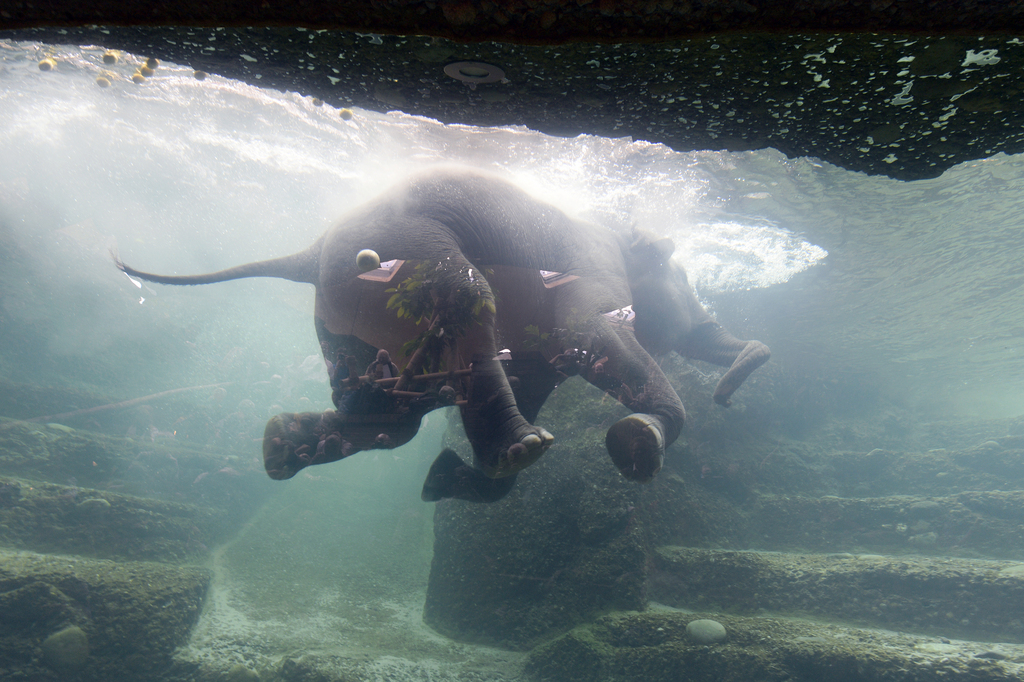
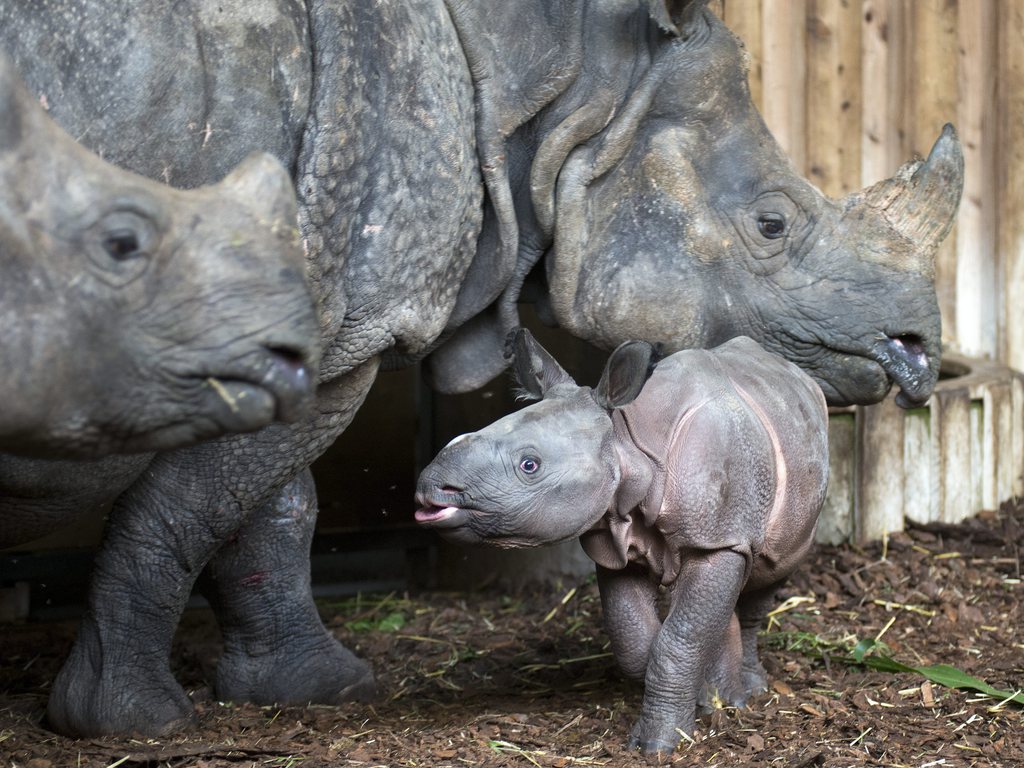

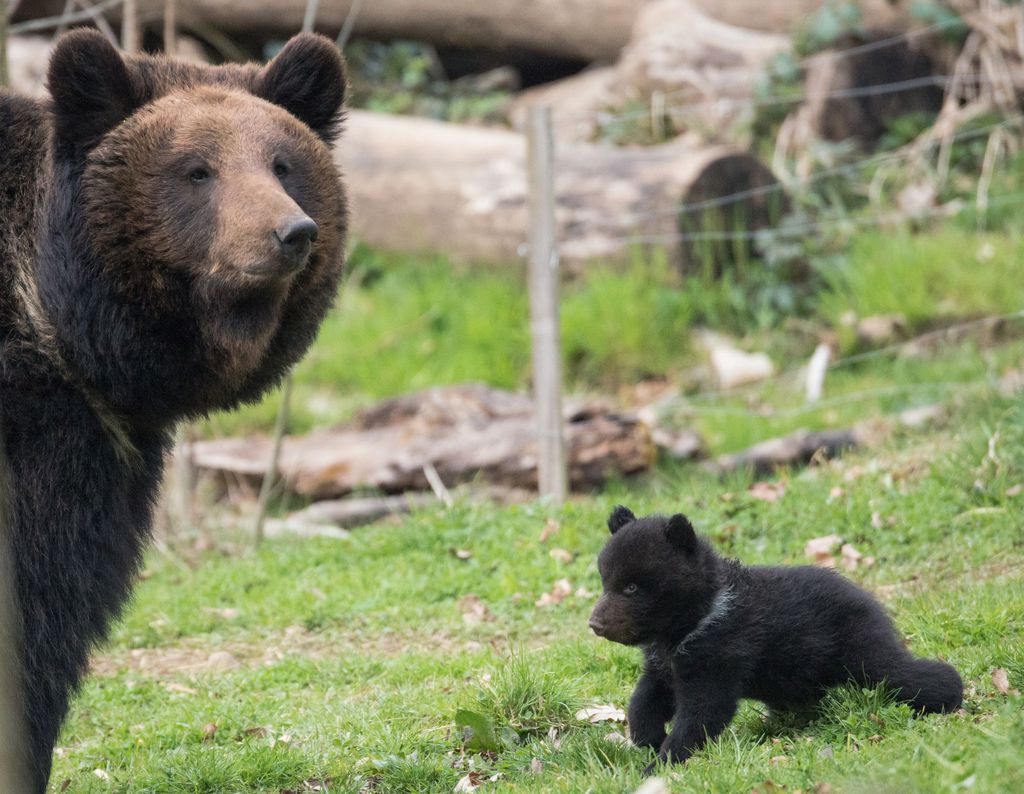

You can find an overview of ongoing debates with our journalists here . Please join us!
If you want to start a conversation about a topic raised in this article or want to report factual errors, email us at english@swissinfo.ch.